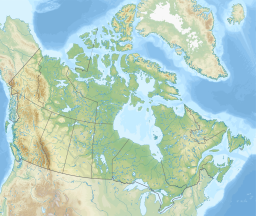| Davy Lake | |
|---|---|
| Location | Northern Saskatchewan Administration District |
| Coordinates | 58°51′N108°17′W / 58.850°N 108.283°W |
| Part of | Mackenzie River drainage basin |
| Primary inflows | MacFarlane River |
| River sources | Canadian Shield |
| Primary outflows | MacFarlane River |
| Basin countries | Canada |
| Surface area | 11,102 ha (27,430 acres) |
| Shore length1 | 93 km (58 mi) |
| Surface elevation | 348 m (1,142 ft) |
| Settlements | None |
| 1 Shore length is not a well-defined measure. | |
Davy Lake [1] is a large lake in the Canadian province of Saskatchewan. The lake is along the course of the MacFarlane River, [2] which flows into Lake Athabasca and is part of the Mackenzie River drainage basin. Davy Lake is named after Warrant Officer 1 Henry Davy who had died on 24 June 1944 during World War II.

